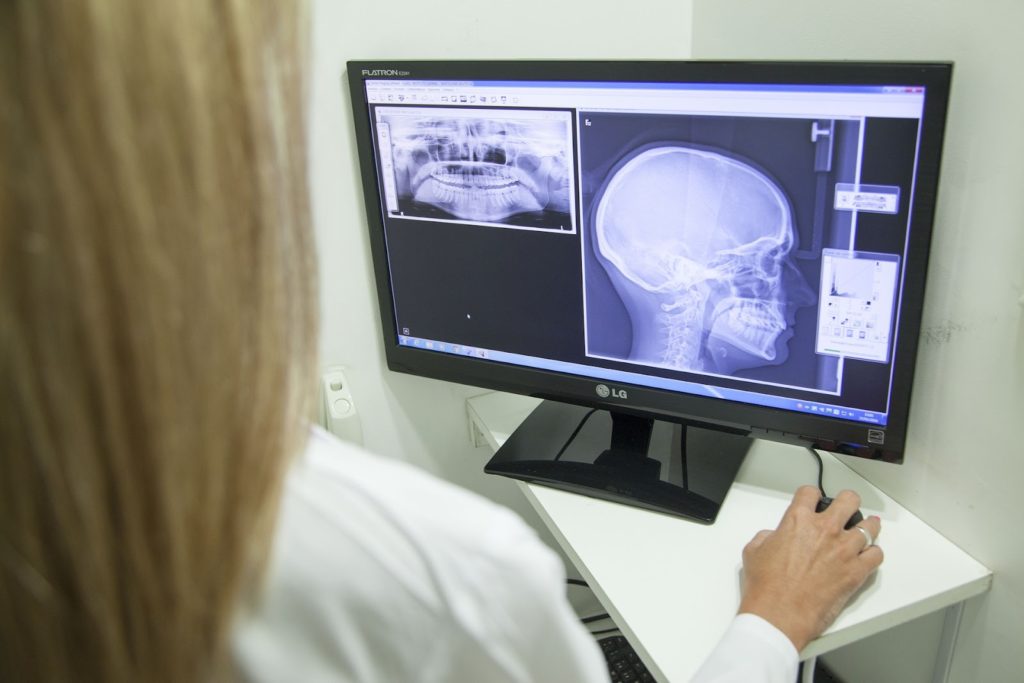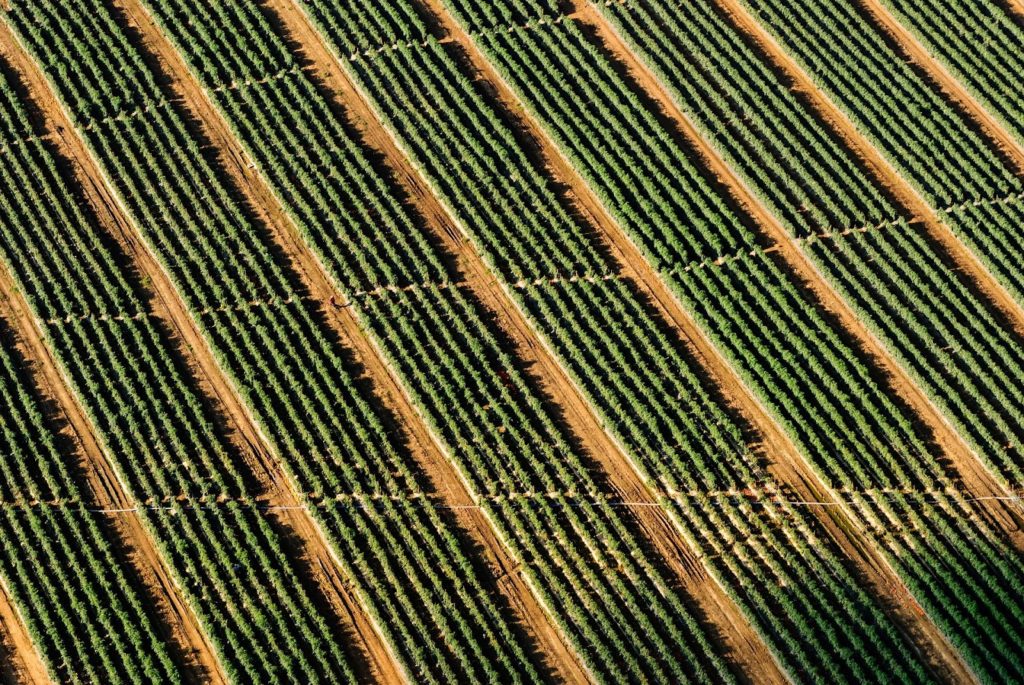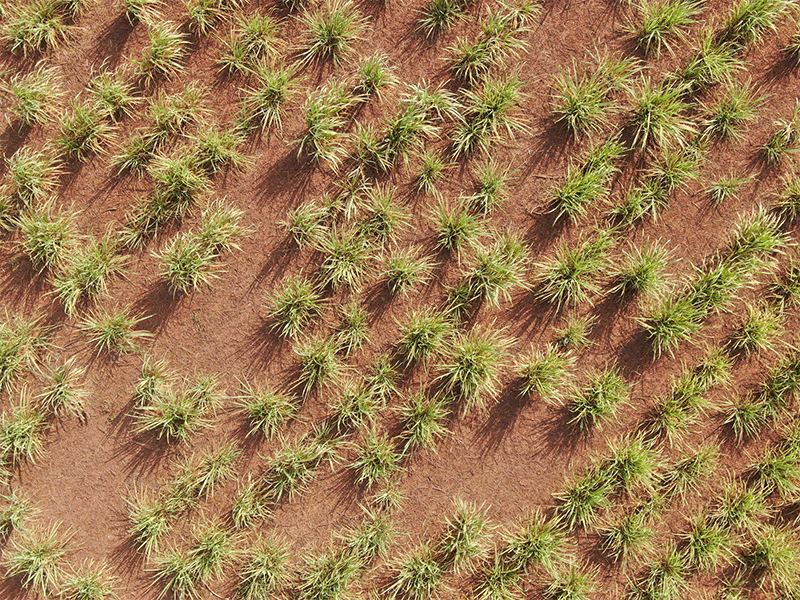Computer vision is a subfield of artificial intelligence rapidly changing the world around us. Its main goal is to process, analyze and interpret visual data just like the human brain can.
While a decade ago it offered only limited functionality, due to constantly evolving AI technological advancements and the amount of data we generate daily its capabilities have increased exponentially.
From 50 percent accuracy, nowadays we are reaching an outstanding 99 percent, making it more precise than human vision reacting to quick visual inputs.
The power of computer vision application
Computer vision technologies have been implemented across various fields. They range from visual systems developed to inspect faulty products in the manufacturing industry, to research about creating an intelligent machine that would be able to comprehend the world around them. Some of the best-known computer vision applications that are already making a significant impact on humanity include:
- Autonomous vehicles: Combining numerous radars, sonars, GPS, and other sensors, self-driving cars are able to comprehend their surroundings by identifying navigation paths, traffic signs, and obstacles on the road.
- Military applications: Ranging from fully autonomous drones used to capture visual analysis to automated missile defense technology systems, computer vision can be utilized to enhance the security of the nation.
- Medical image processing: Covering x-ray radiography, ultrasound, magnetic resonance imaging, and other disciplines, medical image analysis is bound to increase the efficiency of clinical examination and illness detection.

Computer vision application in agriculture
Needless to say, computer vision innovations are revolutionizing the agricultural industry too. An ever-growing human population increases the demand for produce, requiring greater efficiency in the fields of crops.
From lowering the cost of production to improving productivity, artificial intelligence-powered technologies are able to perform highly sophisticated tasks that alternatively only humans can complete. The agricultural industry profits from a wide variety of applications, including sowing, harvesting, weather condition and soil analysis, weeding, crop health detection and monitoring, etc.
Even though our livelihood depends on it, agriculture continues to be one of the most underestimated low-tech sectors. By eliminating outdated machinery and implementing innovative artificial intelligence technologies we are on track to changing that. With integrated smart farming solutions agriculture would boost the economy from the global market perspective, allowing countries to generate more produce at a lower cost. Some of the computer vision applications in agriculture that have already been successfully implemented across the world include:
- Drone-based crop monitoring: Improved autonomous flying capabilities allow drones to obtain crucial data by using computer vision-enabled cameras. During the process, a drone collects crop health information, aerial view of the farm and identifies soil conditions. All the information acquired can then be fed to data processing models to generate the following year’s yield analysis.

- Crop scouting: A drone can scout 100 times more area compared to a human, taking samples from every corner of the farm. Moreover, drones do not choose where to scout, resulting in more objective samplings that better explain crop performance. They manage to analyze 10-20 km rows of crops in a short 25-minute drone flight.
- Systems for crop grading and sorting: Sorting out good crops from bad ones is another time-consuming task that can be easily automated. Smart systems with computer-vision enabled cameras could be trained to detect bad crops and sort out the produce in no time.
- Weeding: There is a wide variety of automated weeding solutions available today, ranging from targeted to precision weeding. Computer vision-enabled robots can easily detect weeds between the crops and remove them with the help of localized herbicides, mechanical disruption, lasers, or electric current.
- Automated pesticide spraying: Computer vision-based drones can monitor crop health conditions, detect infected crops and spray them with a localized stream of pesticides. Since a specifically calculated amount of pesticides would be sprayed in a restricted area covering only the infected crops, the solution would save a portion of healthy produce.
- Rock picking: Before starting to plant crops, farmers need to clear the sowing fields of rocks. This is a tedious and time-consuming task that can be replaced by autonomous robots with integrated computer vision-enabled cameras. Automating such basic tasks would allow farmers to concentrate on more productive matters.

The success story in agriculture technology
Several months ago we started working with one of our clients in Argentina and Brazil on an artificial intelligence solution for the agricultural industry. It has been developed for yield analysis conducted from aerial view images of the fields obtained by computer vision-enabled drones.
To make the image annotation process easier, images acquired from the drones are modified by removing the soil around them. Moreover, the images are captured from the top, so the position of the crop stem does not match the position of the top of the crop on the sides of the image, therefore, we perform perspective correction calculations to take into account these discrepancies.
The final solution is composed of three parts:
- The first step is to recognize the rows of crops as straight lines for further calculations.
- The second step is to distinguish the crops within rows of crops. In regards to corn or sunflower, every plant is being detected separately. Other crops like wheat, soybeans, peanuts, sugar cane, and barley are detected as a group together with spacings between them.
- The last step is to spot weeds between rows of crops and within them.

After the thorough detection processes, we calculate the number of plants in each row of crops, plant population per hectare, the total length of spacings between crops, the coefficient of variation of spacing lengths, and other relevant statistics for further analysis. These findings provide opportunities for the following applications:
- Yield estimation: Knowing the number of plants in each row of crops allows farmers to improve productivity estimation. It is a crucial part of the season management process, especially in medium and large farmlands.
- Weed and insect population control: Two of the main reasons why farmers lose a portion of the produce are weed and pest infestations. Both of the problems can be tackled by implementing computer vision-enabled agricultural systems into the fields. For instance, once the solution detects a weed-infected region, it can localize the pesticides to be sprayed only to that specific area. This allows to tackle the problem effectively without spraying pesticides over the whole field, therefore, it saves farmers a lot of time and money.
- Problematic yield area analysis: Some areas in the fields produce a low yield, caused by pests, weeds, or any defects made in the sowing stage. Statistical information gathered from the analysis can provide farmers with the relevant information in determining the root cause, allowing them to make better judgment calls in the years to come.
The solution is already proving its use within the agricultural industry, helping bring about a positive change in farmers’ lives. Knowing the amount of the produce is crucial for cash-flow budgeting, delivery estimates, planning harvest equipment, storage requirements, and crop insurance purposes.
The future of computer vision applications in agriculture
According to the report about the future of farming technology, it is estimated that due to the unstoppably growing population, by 2050 agricultural industry will need to produce 70 percent more food. If we keep the agricultural technology sector as it is now, we will face serious food shortages affecting millions of people around the world.
However, with the use of artificial intelligence solutions, autonomous drones, and robots, we can improve efficiency, reduce the workflow for the farmers in the fields and allow them to concentrate on more pressing matters. By investing in the development of computer vision applications for the agriculture sector, we can expect to see a return on this investment through the efficient production of goods on a mass scale. It is also reasonable to believe that as these technologies become more commonplace, they will be more readily available and filter down into horticulture and be distributed by garden machinery and maintenance suppliers like Horace Fuller.
How SentiSight.ai can help in developing a computer vision-based agricultural solution?
SentiSight.ai is an online-based image recognition platform offering extensive image labeling and model training tools. It was designed with two main goals in mind: to make image recognition tasks as easy as possible and to offer a powerful and user-friendly image annotation tool for its users.
Just like our client in South America, everyone is able to upload their images to the platform, label them, and use the data to train a deep convolutional network model. Although the process sounds complicated, we have tried our best to make it as simple as possible.
To get started, check our blog post library about how to choose the right image labeling tool for the job and how to train an object detection model with your data. The SentiSight.ai platform is here to help you develop the solution of your dreams, whether that be within the agricultural industry or others like retail.
